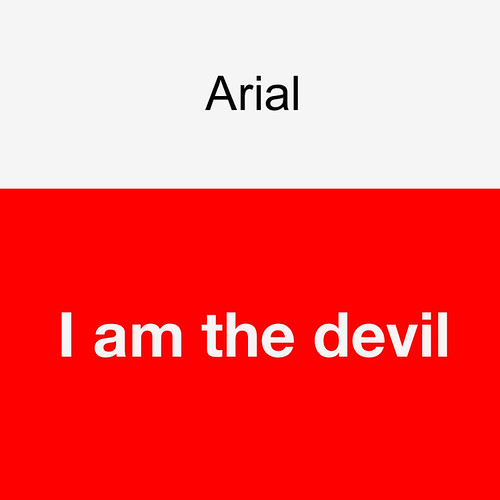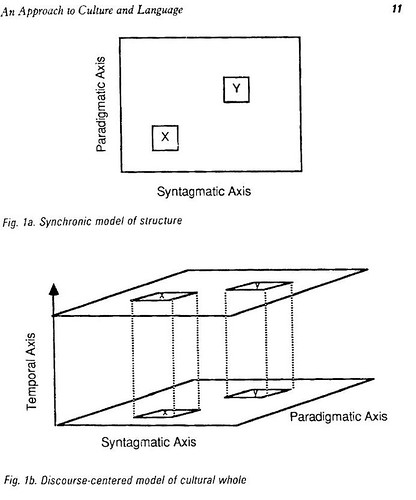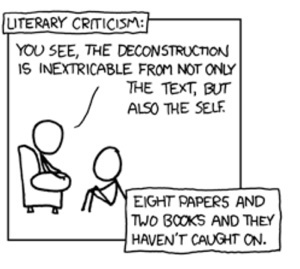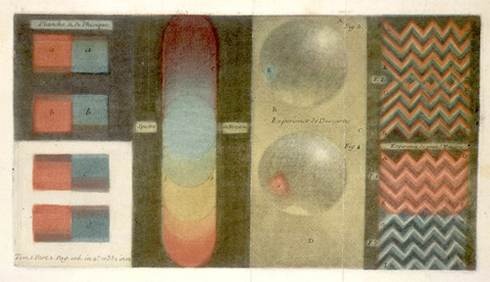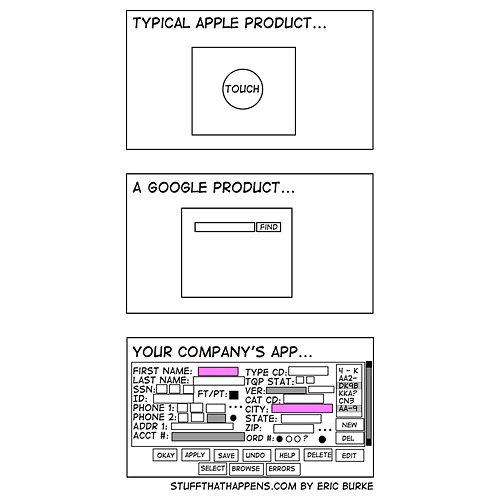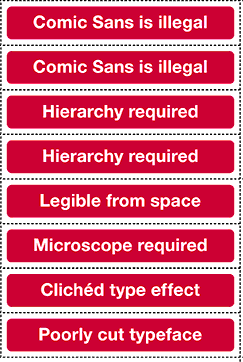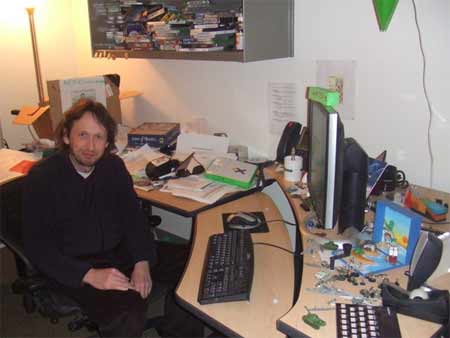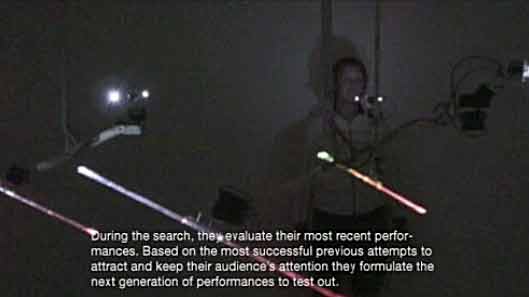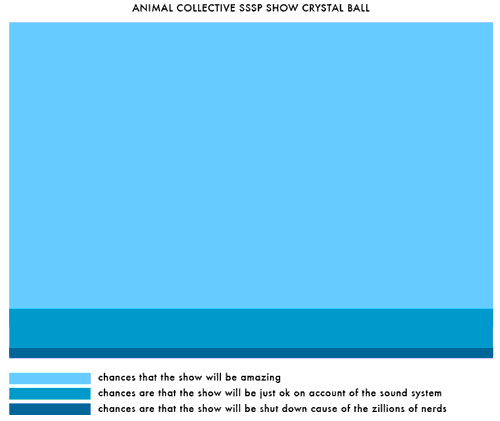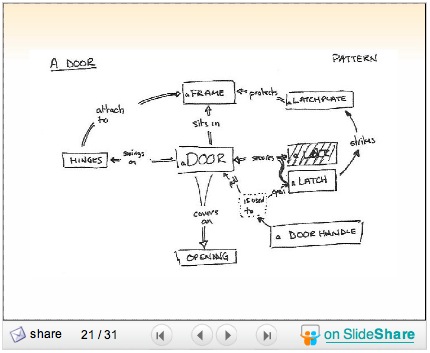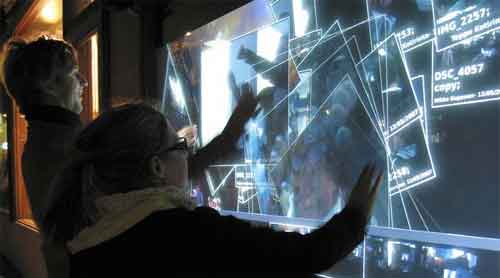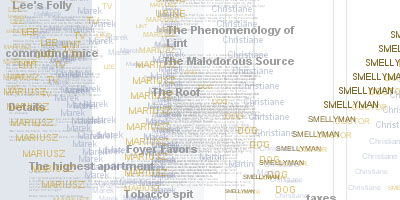NY Times has an interesting (though somewhat problematic) article on user-driven design. Here's part of the lede, which talkes about Dr. Nathaniel Sims, an anesthesiologist at Mass General:
Dr. Sims has picked up more than 10 patents for medical devices over his career. He ginned up a way to more easily shuttle around the dozen or more monitors and drug-delivery devices attached to any cardiac patient after surgery, with a device known around the hospital as the “Nat Rack.”
His best innovation to date, he says, involved modifying a drug infusion pump routinely used in hospitals to dispense the proper doses of medicine. Dr. Sims, an accomplished pilot, noticed in the mid-1980s that he could obtain navigation information from regularly updated databases. He wondered why doctors couldn’t use a device preprogrammed with the necessary data to figure out dosages themselves. From 1987 to 1992, he and a small team built an electronic device that worked with an existing pump to provide patients with the correct does of the proper drug. Alaris Medical Systems was the first established medical supply firm to use the technology.
All of which I think is great—users need to be more involved in the product design process, end to end and beyond. Expert designers frequently lose sight of what their users actually need. But after this, the NYT (like most mainstream media) want to make this even more provocative by bringing in some wingnut from the MIT Sloan School of Management (business school profs are always a good source for a provocative, in wingnutty, quote):
“It could drive manufacturers out of the design space,” Mr. von Hippel says.
I'm probably not being fair to Sims or von Hippel, since I don't know the full context of what they provided to the NYT. Sims' comments are excellent sources of innovation in design—taking an existing product and adding in a crucial loop or aspect that someone else missed. And I've actually read portions of von Hippel's book on democratizing innovation and agree with most of it. But von Hippel's "It could drive manufacturers out of design space" is just bizarre. Would I want an an anesthesiologist to suggest improvements in the system putting me to sleep before an operation? Improvements to the aspects of the system he understood and worked with? Absolutely! Would I want an actual medical technology developer developing the whole system, someone who understood the complexities of the electronics, the physics of fluid flow and the of changing thermodynamics within operating room facilities? Hell yeah.
Would I want the anesthesiologist, even a bright sort who could see a little bend in the system that affected his own but small portion of that system to design the whole system, including all the parts he had not expertise in, let alone usability, product design, etc.? Hell no. That's like asking a plumber to design and build your whole house.
This type of over-hyping has been one of the major perils of democratic design, as well as one of its major benefits: technologies frequently help users adapt designs to their own uses, and to work with experienced designers in creating better designs. Sometimes this is great—programs like FrontPage and Dreamweaver can make everyday citizens publishers. And if you look around on the web, non-expert designers/writers do some frankly amazing and important things, on occasion. Does that make them expert designers? Not usually. Is that a problem? Sometimes. Actually, frequently. Especially when innovation in technology is taken to equal innovation in design expertise—Word's grammar checker substituting for writing ability; MovableType's templates substituting for page layout ability; a boatload of cash for a guide and some swanky North Face and Helly Hansen gear substituting for high-elevation mountain climbing experience.





